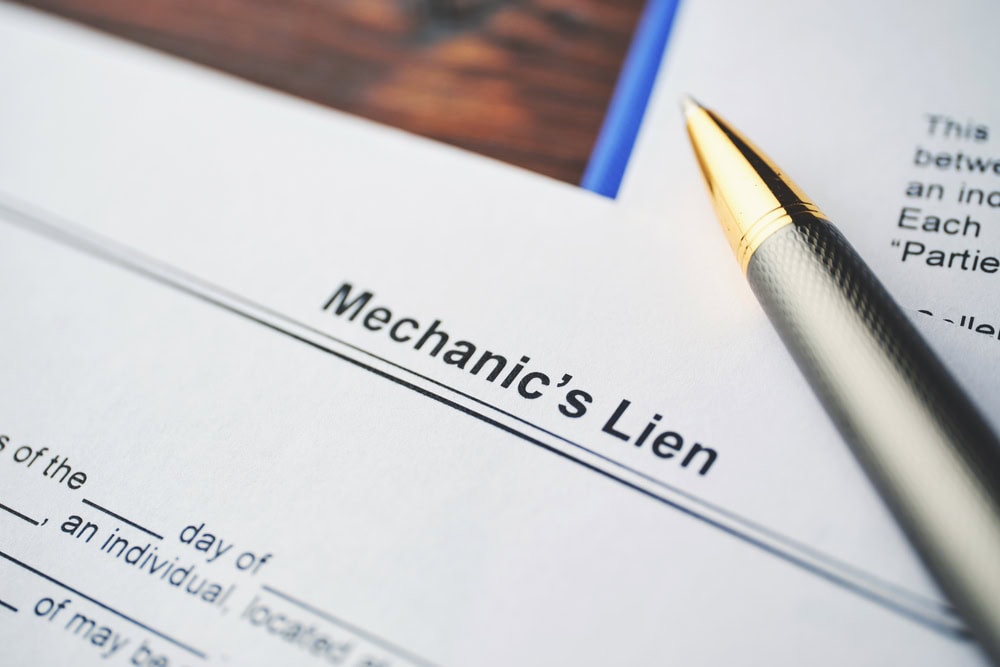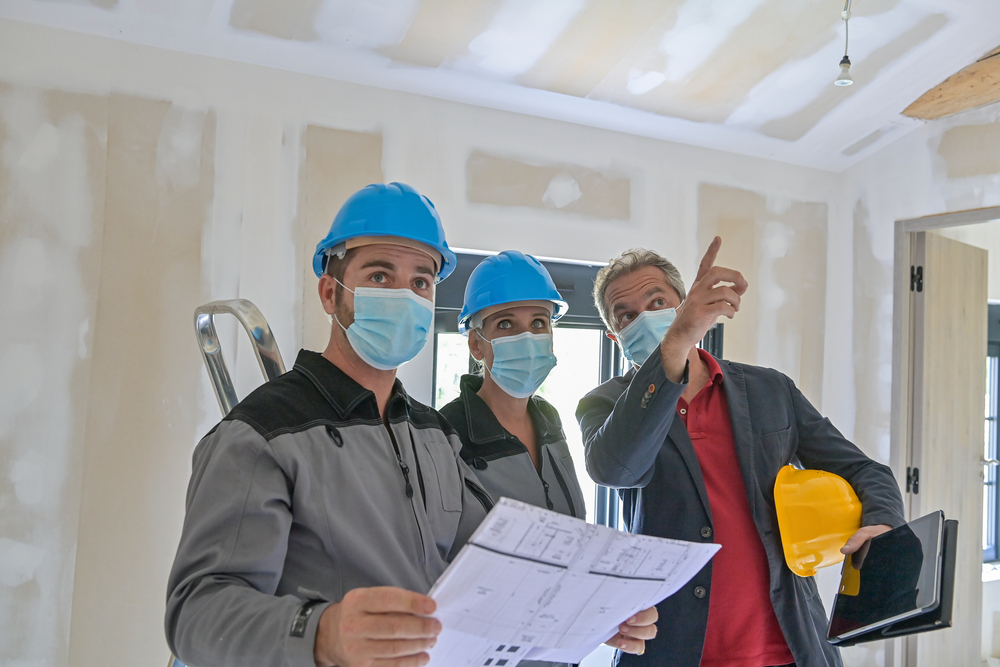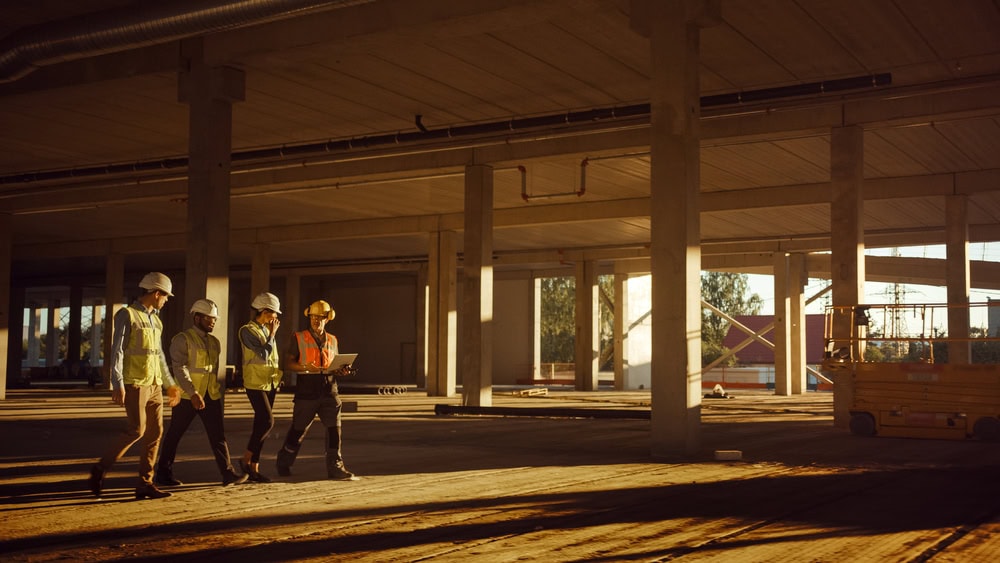Can a Contractor Put A Lien On My House?
Most people who own their own homes – and thereby, have to hire contractors to build, fix, or otherwise modify their properties – have absolutely no issues with their contractors. Most contractors are trusted professionals in their fields and have no intention of delivering anything less than what they’ve agreed to in the contract. But … Read more










